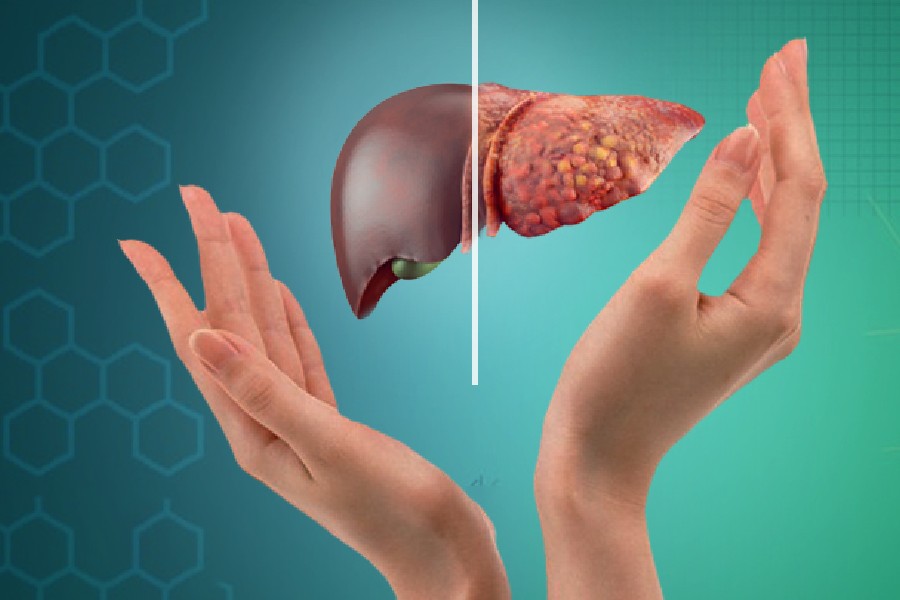Indian scientists have developed what they have described as a fast animal model that mimics the disease mechanisms involved in non-alcoholic fatty liver disease (NAFLD), a common health disorder that can lead to serious liver damage if unchecked.
Sheikh Tasduq Abdullah, a scientist at the Indian Institute of Integrative Medicine(IIIM), Jammu, and his collaborators have shown that a lab-bred mouse when fed a specially tailored mix of fast food diet and alcohol develops NAFLD within eight weeks.
“We’re hoping such mice will match the need of a rapid small animal model to study NAFLD linked to binge eating and binge drinking,” said Abdullah, a senior principal scientist at the IIIM, a laboratory of the Council of Scientific and Industrial Research. Abdullah has been studying liver disease mechanisms.
The most effective diet-based animal models currently take between 12 and 32 weeks to develop NAFLD and associated inflammation and liver damage. Scientists say the 12 to 32 weeks period hampers efforts to screen and test candidate drugs against NAFLD in the model animals.
Obesity, high lipid levels and diabetes are among the primary causes of NAFLD — a condition marked by excessive fat accumulation in the liver. Without efforts to reverse NAFLD, medical studies suggest, three to 15 per cent patients advance to serious liver disease, including cirrhosis and liver failure.
A review of NAFLD prevalence in India by doctors at the All India Institute of Medical Sciences, New Delhi, and the King George Medical University, Lucknow, has suggested one in three adults and one in three children has NAFLD.
Their analysis suggesting 38.6 per cent prevalence among adults and 35.6 per cent prevalence among children implies the NAFLD burden in India is higher than the average global NAFLD prevalence of 25 per cent.
“Despite the high prevalence of NAFLD and its potential complications, the underlying molecular pathways through which the disease develops remain poorly understood” Abdullah said. “If we understand molecular pathways better, we could test treatment strategies.”
Abdullah and his collaborators Haroon Rashid at the Sher-i-Kashmir Institute of Medical Sciences, Srinagar, and Raghu Rai Sharma at the Academy of Scientific and Innovative Research, Ghaziabad, worked on a strain of lab-bred mice developed in the US and widely used in medical studies.
The strain called C57BL/6 is specially attractive for fatty liver disease studies because, unlike most other lab mice, it readily drinks alcohol. Abdullah gave the mice what he calls a fast food diet comprising 20 per cent alcohol, 2 per cent cholesterol,34 per cent sucrose and gradually increasing sips of alcohol.
“Many people with NAFLD follow a similar diet — unhealthy food and alcohol — with little or no exercise,” Abdullah said.
The scientists observed that within eight weeks after starting the diet, the mice showed typical changes associated with NAFLD — conditions called hepatocyte ballooning and bridging fibrosis. “In ballooning, the liver cells take the shape of inflated balloons, the bridging fibrosis is a signature of liver damage that could lead to cirrhosis,” Abdullah said.
The Indian Council of Medical Research had supported the research. In the next phase of the study, the scientists plan to use the animal models to probe the early molecular mechanisms underlying NAFLD.










